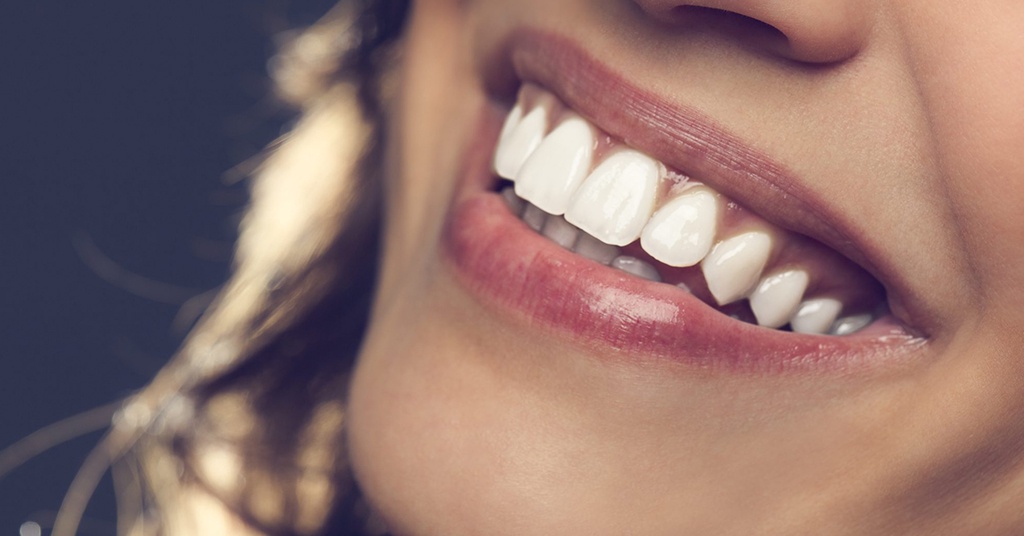
Dark Gums
Dark Gums When it comes to oral health, much attention is given to teeth and their appearance. However, the health and appearance of gums play an equally important role. While most people have pink or coral-colored gums, some individuals have dark gums that vary in shades of brown, blue, or even black. Dark gums can be a cause for concern, as they can affect a person's self-esteem and confidence. In this article, we will delve into the fascinating topic of dark gums, exploring their causes, treatment options, and ways to maintain healthy gums.
Understanding Dark Gums:
Dark Gums also known as melanotic or pigmented gums, occur when there is excessive production of melanin—the pigment responsible for the color of our skin, hair, and eyes—in the gum tissues. The color of gums can vary naturally among different individuals, just as skin color does. However, in cases of dark gums, the excess melanin production can lead to a noticeable darkening of the gum tissue. Dark gums can affect people of any age, race, or gender, and can be present in isolated spots or affect the entire gumline.
Causes of Dark Gums:
- Ethnicity: Dark gums are more commonly observed in individuals with African, Asian, or Indigenous heritage, as their genetic makeup tends to produce more melanin.
- Hormonal changes: Hormonal fluctuations during pregnancy or puberty can sometimes trigger an increase in melanin production, leading to temporary darkening of the gums. This is known as hormonal melanosis.
- Smoking and tobacco use: The chemicals present in tobacco products can cause gum tissues to darken over time. Additionally, smoking restricts blood flow to the gums, contributing to their discoloration.
- Certain medications: Some medications, such as minocycline (an antibiotic) and antimalarial drugs like chloroquine and hydroxychloroquine, have been associated with the darkening of gums as a side effect.
- Systemic conditions: Certain systemic conditions like Addison's disease and Peutz-Jeghers syndrome can lead to increased melanin production and subsequently darkened gums.
Treatment and Prevention:
While dark gums are primarily a cosmetic concern, it is essential to address the underlying causes and maintain good oral hygiene to ensure overall gum health. Here are some treatment and prevention methods:
- Professional cleaning: Regular visits to a dentist or dental hygienist for professional cleaning can help remove plaque and tartar, reducing gum discoloration.
- Gum depigmentation: For individuals seeking a more uniform gum color, gum depigmentation procedures can be performed. This involves removing the melanin-rich tissue to reveal a lighter shade of gums.
- Quit smoking: Giving up smoking and tobacco use can prevent further darkening of gums and improve overall oral health.
- Medication adjustments: If dark gums are a side effect of certain medications, consulting with a healthcare professional to explore alternative treatment options may be beneficial.
- Hormonal management: In cases of hormonal melanosis, gum discoloration often fades after the hormonal fluctuations subside. However, if it persists, consulting a healthcare professional is recommended.
- Good oral hygiene: Maintaining a regular oral hygiene routine, including brushing twice a day, flossing, and using an antimicrobial mouthwash, can help prevent gum diseases and keep gums healthy.
Conclusion:
Dark gums may be a source of concern for some individuals, but it is crucial to remember that they are often harmless and primarily a cosmetic issue. Understanding the causes behind dark gums can help individuals make informed decisions regarding treatment options. Seeking advice from dental professionals is key to addressing
Dark Gums How Its Work?
Demystifying Dark Gums: Understanding How They Work:
Dark gums, also known as pigmented or melanotic gums, can often be a source of curiosity and concern. While most individuals have pink or coral-colored gums, some people have gums that appear darker in shade. In this article, we will delve into the workings of dark gums, exploring the underlying factors that contribute to their appearance. By understanding the mechanisms at play, we can gain insights into why dark gums occur and how they function within the context of oral health.
Melanin and Gum Pigmentation:
The primary determinant of gum color is the presence of melanin, the pigment responsible for the color of our skin, hair, and eyes. Melanin is produced by specialized cells called melanocytes, which are found in the basal layer of the oral epithelium. These melanocytes distribute melanin into the surrounding gum tissues, determining their color.
Melanin production is regulated by various factors, including genetic predisposition, hormonal changes, environmental influences, and certain medical conditions. The amount and distribution of melanin in the gums vary among individuals, resulting in a wide range of gum colors, from light pink to dark brown or even black.
Function and Significance of Dark Gums:
Dark gums serve important functions beyond their aesthetic appearance. Melanin, in addition to providing color, plays a crucial role in protecting the skin and mucosal tissues from harmful ultraviolet (UV) radiation. Similarly, melanin in the gums helps shield the underlying tissues from UV radiation, which can be especially beneficial in individuals with higher levels of UV exposure.

Furthermore, melanin has been found to have antioxidant properties, helping to neutralize harmful free radicals and protect against oxidative damage. This antioxidant defense mechanism can contribute to the overall health and resilience of the gums.
Causes of Dark Gums:
- Genetic factors: The primary determinant of gum color is genetics. Individuals with a higher concentration of melanin-producing cells or increased melanin activity in their genes are more likely to have darker gums.
- Ethnicity: Different ethnic groups have varying levels of melanin production. People with African, Asian, or Indigenous heritage are more likely to have naturally darker gums due to their genetic makeup.
- Hormonal changes: Hormonal fluctuations during puberty, pregnancy, or menopause can stimulate increased melanin production in the gums, resulting in temporary or persistent darkening.
- Smoking and tobacco use: Chemicals present in tobacco products can cause discoloration of the gums. Smoking also constricts blood vessels, limiting blood flow to the gums and contributing to their dark appearance.
- Medications and medical conditions: Certain medications, such as minocycline and antimalarial drugs, can cause gum darkening as a side effect. Additionally, medical conditions like Addison's disease and Peutz-Jeghers syndrome, which affect melanin production, can lead to darker gums.
Conclusion:
Dark gums, influenced by genetics, hormonal changes, lifestyle factors, and certain medical conditions, offer a unique and diverse range of gum colors. Understanding the role of melanin and the factors that contribute to dark gums helps dispel misconceptions and highlights their significance beyond mere appearance. While dark gums may vary from person to person, they often function as a natural protective mechanism against UV radiation and contribute to the overall health of the gums. However, if concerns arise regarding the color or condition of the gums, consulting a dental professional can provide personalized guidance and appropriate treatment options
.


No comments yet